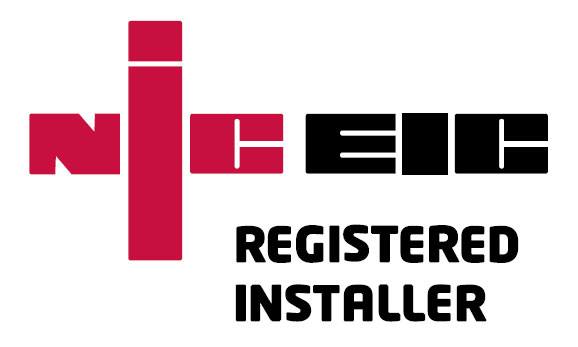Normally, the architect designs the house, the work is tendered, a contractor is appointed, and then MVHR becomes the contractors responsibility. Most don’t have the expertise necessary to deliver a fire-safe system that can handle mechanical purge, consume less than 1.5 W/l/s, and run below 30 dB(A) on boost in line with the regulations. Instead they hire a specialist, and the first thing they say is the plantroom’s too small, in the wrong place, or you’ll need to lower the ceilings.
Sometimes the architect employs an M&E consultant who’s remit includes MVHR design, or the contractor buys a kit from their merchant for their plumber to install. Both options involve quick ‘indicative’ designs that carry disclaimers if/when the installer deviates from the plan, which they often do because they’re following a two-dimensional design for a three-dimensional system. If it doesn’t go in exactly as designed, the disclaimer kicks-in, accountability goes out the window, and you jeopardise the product warranty.
Retrofitting an MVHR design into finalised construction drawings is something we’ve done for years, but it nearly always adds time and cost. You might end up needing two or three units because one big unit won’t fit anymore. That means more cost, more holes in the building, more filters to replace, more points of failure, more energy consumption, and possibly more noise. It’s much better to get involved right at the beginning of the technical design (RIBA Stage 4) so we can help you create an ‘MVHR-friendly’ building from the outset.
When you’re ready to start the technical design of the building (RIBA stage 4) our first step is to review the latest plans available. Floor plans to understand plantroom and riser options along with general spatial arrangement, elevations to calculate building volume, sections to identify usable voids, and the site plan to identify risks associated with neighbours, roads, chimneys/flues, and the prevailing wind. We’ll also review any structural drawings available, including steels and joist layout. With a better understanding of the general construction plan, we then arrange a preliminary design meeting (by video) between your Principal Designer and our MVHR designer.
The client and other members of the design team are welcome to attend, but it should not be necessary for structural engineers, frame manufacturers, or the build team to join this initial meeting. Our objective is to ensure the property is ‘MVHR compatible’ from the outset, for optimal acoustic, energy and ventilation performance. Based on agreements during or after the meeting, the Principal Designer will normally adapt the working construction drawings to better accommodate our plant, then re-issue these two-dimensional CAD files (.DWG) ready for the MVHR design.
MVHR is a three-dimensional system that touches every room in the property. To keep it as simple and therefore as efficient as possible, hidden within the fabric of the building, to ensure it’ll fit exactly as designed and therefore work as designed, and to avoid nasty surprises on site that cause delays and disruption during the build, the 3D MVHR should be designed in 3D. Anything less involves assumptions.
Following receipt of the CAD files our next step is to build a 3D Revit model with enough structural detail to permit what we call an ‘installable’ rather than an ‘indicative’ MVHR design. If you have any RFA, IFC, SKP, DWF or other 3D CAD files available, please send them over as they may save time. If you already have a BIM/Revit model our designer will add the MVHR system directly to it.
Given the ‘service’ we provide is air, which is compressible unlike water and therefore affected by anything that adds air resistance, for instance overly long duct runs or unnecessary bends, the location and design of the MVHR air handling system must be given priority over other services. In other words, for efficiency reasons, your heating, plumbing, and electrics should all be designed after the MVHR.
With an accurate 3D model of the building based on the latest/final CAD plans, our designer can effectively design and install the MVHR ‘virtually’ to ensure it fits. Then because we know it’s going to fit, we can calculate the system pressure (air resistance), use that to calculate the Specific Fan Power of the ‘as-built’ system, then along with the dwelling ventilation rate we provide accurate data for your SAP calcs. With a new build those SAP calcs form part of your Building Control application.
If necessary, the SAP energy performance data can be estimated beforehand based on worst case conditions to avoid holding up the BC application. The 3D design can follow later.
NB: Beware of two-dimensional designs the ‘look’ 3D. These 3D ‘renders’ are not 3D designs





